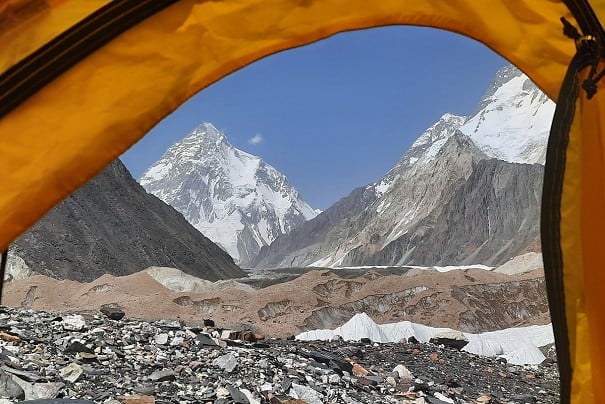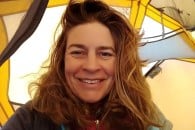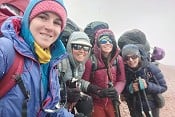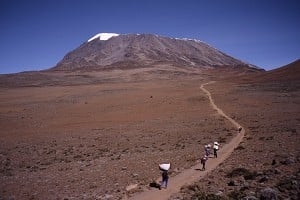
Trekking Trekking to K2 Basecamp - Top Tips
There are no easy treks in the Karakoram, a place where adventure is pretty much guaranteed. The high altitude route to the foot of K2 must be one of the world's most visually epic walks. Mountain Leader Natalie Wilson is your guide...



















Comments
What a fantastic looking country.
I just watched the film at Natalie's recommendation. Really good gentle family movie, beautifully shot, felt real, a welcome change from Marvel crap. The kids seemed genuinely surprised at how poor some people in the world still are; guess we need to get them out more.
Really glad you watched and enjoyed the film Dan. It is eye opening on a number of levels isn't it. A lot of local people featured in the film, I think that really adds to the real feel of it.
What a fabulous looking place.
The film Lunana is currently on iplayer:
https://www.bbc.co.uk/iplayer/episode/m001x9j1/lunana-a-yak-in-the-classroom
It is simply a masterpiece in every way. I cannot recommend it too highly.
Just wish I'd done this trek about 20 years ago when it wasn't quite as fabulously expensive as it now is!
It does look amazing.
I watched the film a few months ago after someone recommended it on a forum thread here - a lovely film, definitely a worthwhile watch. Probably the nearest I'll ever get to hiking in Bhutan unfortunately!